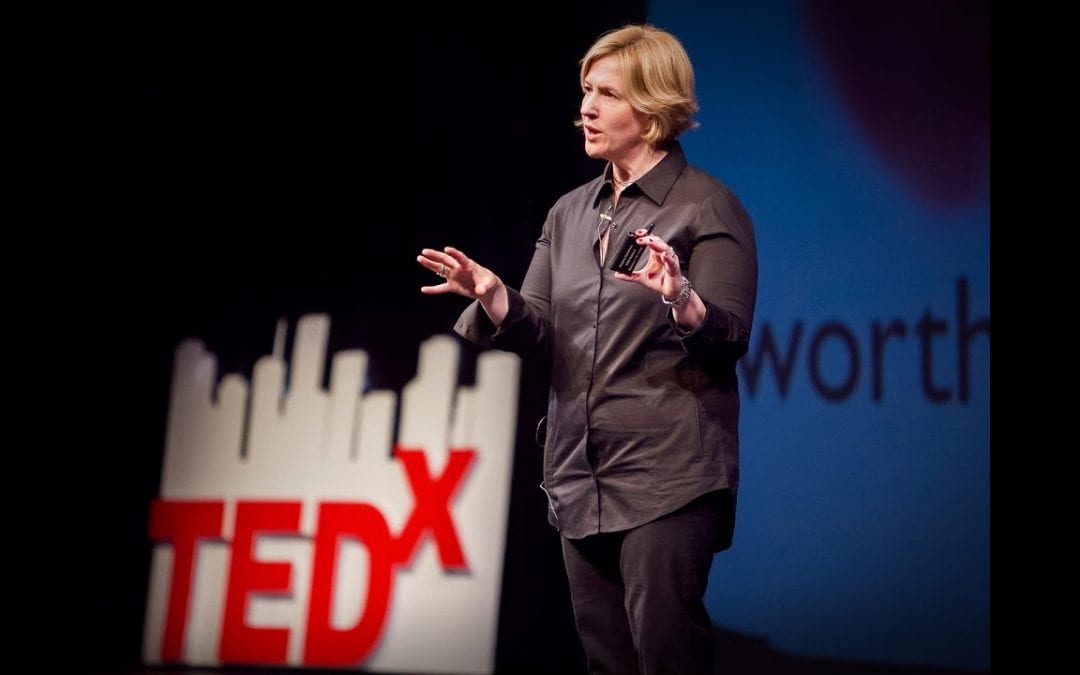Seven Story Techniques To Structure Your Presentation
The most memorable presentations all tell a story, from Elon Musk’s Powerwall launch (Overcoming The Monster) to Brené Brown’s Power of Vulnerability TED presentation (The Hero’s Journey). By using story techniques to structure your presentation you will transform data and information into a gripping drama that connects emotionally as well as intellectually and, most importantly, motivates listeners to action.
Below are seven presentation structure models that will help you use the power of storytelling to keep your audience engaged with your presentation from start to finish. It doesn’t matter whether you need to inform, persuade, inspire or entertain, one of these storylines will fit your purpose.
Thanks to the team at Visme for the graphics in this post.

This storyline, as advocated by Nancy Duarte in The Secret Structure Of Great Talks, can be used to launch anything from a product to an initiative, as well as being ideal for communicating a departmental or company vision. By zig-zagging between the way things are and the way they could be, you will give the presentation far more momentum than a more traditional linear structure. The launch of the iPhone used this exact formula. Steve Jobs created a suspenseful opener that leveraged the power of the unexpected to tease the audience about what was to come, without showing the phone. Then he zig-zagged back and forth between what smartphones looked like then and what they would look like in the future; how they worked then and how they would work in the future; what they could do then and what they would do in the future. After building momentum for most of the presentation, he finally brought out the phone and demonstrated it live. This was “the new bliss”.

The Explanation is great for the type of informative presentation where you’ll be walking your audience through a new process, initiative or regulation. It opens with a concise summary of the context: where we are now and where we need to go. What’s important at this stage is that the audience understands how this affects them or why it concerns them, which gives them a reason to listen. Then there’s a step by step explanation of the “how” checking in at each stage to ensure the audience is following. And finally, the arrival at the new state of understanding and transformation.

If you’ve ever seen the show Shark Tank (or Dragon’s Den as it’s known in the UK) you’ll be familiar with The Pitch. The best ones usually follow a familiar storyline starting with the wind-up, which is usually an analysis of the current situation that the audience can understand and relate to. After that comes the hurdle. This is a complication or a problem that you have a solution for. Present this in a story and the emphasis is doubled. After diagnosing the problem, shed some light on the idea and how the problem can be solved. This is called the vision. Then present solid options that would solve the issue. Use tests, experiments, research, data – anything you possibly have as proof to give backbone to your ideas. The close with the best option what the audience needs to do next. Finish with a “hook” or added benefit. This TED Talk by Enric Sala is a perfect illustration of this format.

The Hero’s Journey is one of the archetypal Greek storytelling structures and can be found in every kind of story from ancient myths to modern movies (Star Wars, The Hobbit and Forrest Gump to name a few). In this storyline, the hero sets off on a journey – or quest – encounters considerable obstacles or challenges that test him/her to the limit, which are eventually overcome. On the way, the hero discovers something about him/herself and returns a changed person. This structure is often used as an “evolution story” in start-up pitches or in TED talks when the presenter wants to show how they came to be where they are today.

This traditional business case formula is great for persuading. First, describe the current state or the situation. What is going on now? This is usually something everyone agrees on. Then, introduce a problem or complication. What’s wrong with the current state? What is coming in the future? Describe the cause of the complication, if necessary, and the potential impact of it. Then discuss how you will solve the problem. Outline the steps that need to be taken to change things, how long this will take, what resources are necessary etc, taking into consideration the objections you might receive. Finally, visualise a more desirable future. Picture the benefits or what the “new day” looks like when the problem is solved.

A slightly different take on the Situation-Complication business case is Situation-Opportunity. The main difference is the second step, where you show listeners an opportunity of some sort – whether that’s to be more efficient/more customer-centric/more values-driven etc. It’s a softer sell than Situation-Complication and appeals less to the audience’s fears and more to their aspirations.

Hook, Meat and Payoff might sound a bit like a Scorsese subplot but it’s just a more interesting way of describing Beginning, Middle and End. The hook draws listeners in, arouses their curiosity and gives them a reason to listen. The meat is the main part of the presentation, describing what people need to know. It should be arranged in no more than three sections, where possible. The Payoff is the reward or benefit they’ll get for their new understanding or knowledge. Simon Sinek’s How Great Leaders Inspire Action could be described as following this structure.
Of course, brilliant structure needs brilliant delivery. See our blog on Voice Techniques to Improve Your Presentation Delivery for more information on how to bring your presentation to life through the power of your awesome voice.
If you’d like to know more about our Presentation Skills workshops or any of our other communication skills training programmes, contact louise@bespoke-coaching.com.

Recent Comments